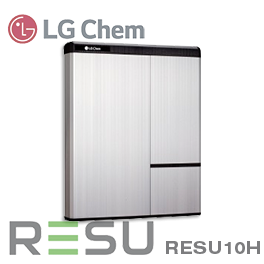JAndle
Mad Scientist
Seeing 96V charger inverters out of China and thinking this is an emerging trend... Allows higher MPPT efficiency for long strings, so reduced copper needs and reduced copper losses. EG 3s and up 144 half cell systems with 120V+ Vmpp would readily charge 96V banks and 96V would be more efficient for the inverter than would 48V.
The obvious concern is the electrical room. UL says under 72V (60V after allowing +20%) is 'safe extra low voltage' in most of their standards, so would a 96V system need a special enclosure? Are there other concerns besides lack of time on the market?
The obvious concern is the electrical room. UL says under 72V (60V after allowing +20%) is 'safe extra low voltage' in most of their standards, so would a 96V system need a special enclosure? Are there other concerns besides lack of time on the market?



